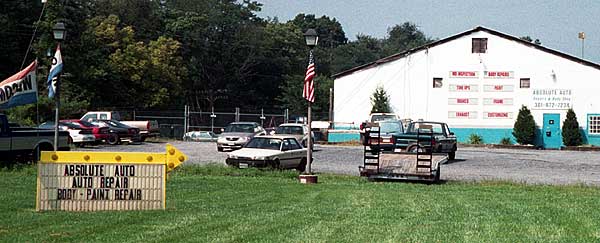Dudes, I just noticed that Anna’s Bunny Blog is back up and running — since last month. Good stuff, and I missed the war stuff so much I almost missed the bunnies, too. And I’m just not a bunny kind of guy.
She’s got a good post about the Chinese putting a man into space: “Communists in space again? Oh great. ” But she concludes on a happy note, pointing out that Arsenal of Democracy — or AoD in her usual parlance — “the AoD owns space and can bring down whatever the enemy may send up.”
Yeah, I knew that. I wrote a post last night which I didn’t put up because it was way too ranting and angry and negative. See, I care about our readers’ feelings. I don’t always post every darn thing that I dredge out of my id.
In my first version of the post I said I wanted the Chicom astronaut to die. Kinda harsh. I don’t so much want him to die as I want the Chinese communists’ space program to fail. So, unlike Glenn Reynolds, I don’t wish them well. Bottom line, China is our long-term enemy. I think this space effort is them laying the foundation for a challenge to our control of space. (See the fascinating essay “Unrestricted Warfare” — part 1 here and part 2 here.) Nothing personal. If I were the Chinese, that’s what I’d be doing. They want to control their region, which means we have to leave. And we won’t leave if we are asked nicely, so they are going to push us. That’s how it is going to go. Stripping away our command of space is something they are working on doing. And they are very, very smart people. And they are very serious about beating us when they take us on, a process which is already underway.
This space launch isn’t the United Federation of Planets, a peaceful joint exploration of the natural wonders of unknown space. It is the instruments warming up in the orchestra pit before the curtain rises on Cold War II.
John B. Alexander‘s book Winning the War: Advanced Weapons, Strategies, and Concepts for the Post-9/11 World has got me all fired up about the need to control space. He predicts that there is going to be a collapse in the cost of getting into space and working there, and that market forces will drive this process in the near future. This will change the parameters, and be a threat to our current ascendency in the military use of space.
My wish list looks like this. I want the U.S. to invest massively in militarizing space. I want us to tear up any treaty that purports to block our doing so. I want us to deny the use of space to our enemies, including France and China. I want us to establish a permanent military presence, manned and unmanned, on the moon and at the LaGrange points. Space is the military high ground of the present and future. I want us to seize, hold and control it, and deny it completely and permanently to all enemies actual and potential.
I am glad that Anna is confident that we can do this if we need to. I’m worried that we will fail to invest, now, during the inter-war period. It will be a lot harder to take the high ground back by force at some later date. For now, I will take her word for it that the AoD can handle any challengers. I sure hope she’s right.
